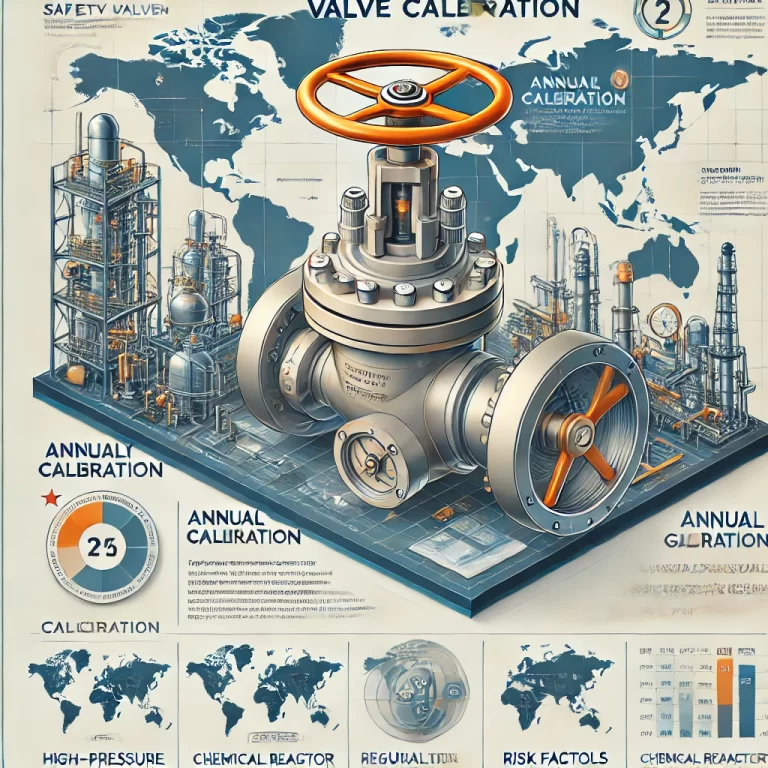The question of whether safety valves can forgo annual calibration depends on several factors, including regulatory requirements, equipment usage conditions, and risk management practices. Safety valves are critical components in ensuring the safe operation of pressure-containing equipment, and their reliability is paramount. Below is a detailed exploration of this issue.
1. Regulatory and Standards Compliance
In most countries, safety valves are classified as safety-critical components and fall under strict regulatory oversight. For example:
- In China, the Special Equipment Safety Law and associated safety codes, such as the Pressure Vessel Safety Technical Supervision Regulations and the Boiler Safety Technical Supervision Regulations, mandate annual calibration for safety valves used in pressure vessels and boilers.
- In Europe, safety valves are governed by the Pressure Equipment Directive (PED), which requires periodic inspections and certifications based on the category of the equipment.
- In the United States, safety valves are covered under the ASME Boiler and Pressure Vessel Code, which recommends an annual inspection and testing schedule.
Typical Requirement: Most regulations stipulate that safety valves must be calibrated at least once a year. In some cases, higher-risk applications may necessitate even more frequent inspections.

2. Equipment Usage and Risk Factors
The necessity of annual calibration also depends on the operating conditions and risk profile of the equipment:
- High-Risk Applications: Equipment such as high-pressure boilers, chemical reactors, and compressed gas storage systems are highly reliant on precise safety valve operation. Skipping calibration in these cases could lead to catastrophic failures.
- Low-Risk or Standby Equipment: For equipment that is infrequently used or operates under low pressure, there may be room to extend calibration intervals. However, this often requires a risk assessment and formal approval.
Key Factors:
- Operating pressure and temperature conditions.
- Frequency of use and duration of operation.
- The criticality of the equipment within the overall system.
3. Internal Safety Policies
Many organizations implement safety policies that go beyond regulatory requirements. While regulations set the minimum standards, companies may enforce stricter intervals to minimize risks. For example:
- A plant may decide to test safety valves every six months, even if local regulations allow annual testing.
- Organizations operating in highly regulated industries, such as nuclear or pharmaceutical, typically maintain more rigorous standards.
4. Exceptions and Alternatives
In certain situations, safety valves may not need annual calibration, provided specific conditions are met:
a. Equipment Out of Service
If the equipment has been decommissioned or remains out of service for an extended period, the calibration schedule may be adjusted. However, a full inspection is usually required before restarting the equipment.
b. Online Testing Systems
Advanced systems enable online testing and calibration of safety valves without the need to remove them from the equipment. Such systems are more common in industries where continuous operation is critical, such as power plants and refineries. If online testing confirms proper valve function, the calibration interval can sometimes be extended.
c. Extended Calibration Intervals
In low-risk scenarios, operators may apply for regulatory approval to extend the calibration interval. This requires:
- A thorough risk assessment conducted by qualified professionals.
- Justification based on historical performance data of the valve.
- Approval from the appropriate regulatory authority.
5. Potential Risks of Skipping Calibration
Skipping or delaying safety valve calibration introduces significant risks:
- Valve Malfunction: Over time, safety valves can become stuck, corroded, or misaligned, leading to a failure to release pressure when required.
- Overpressure Events: If a safety valve fails to operate, the equipment may be subjected to pressures beyond its design limits, potentially resulting in explosions or catastrophic failure.
- Regulatory Non-Compliance: Failure to adhere to mandated calibration intervals can lead to fines, operational shutdowns, or loss of insurance coverage.

6. Recommendations
To ensure compliance and maintain a high level of safety, it is recommended to:
- Review Applicable Regulations: Verify the calibration requirements specific to your region and industry.
- Follow Manufacturer Guidelines: Manufacturers often provide specific maintenance and calibration schedules tailored to their equipment.
- Conduct Risk Assessments: Regularly evaluate the risks associated with your specific application and operating environment.
- Consult Qualified Professionals: Engage accredited inspection bodies or experts to determine the appropriate calibration schedule.
- Document All Actions: Maintain detailed records of all inspections, tests, and calibrations to demonstrate compliance and ensure traceability.
Conclusion
While annual calibration of safety valves is a standard requirement in most jurisdictions, there are limited scenarios where exceptions may be granted. These exceptions require rigorous risk assessments, specialized equipment, and regulatory approval. However, given the potential consequences of safety valve failure, annual calibration remains the safest and most reliable practice for most applications. Prioritizing safety and adhering to regulatory standards is essential to preventing accidents and ensuring the reliable operation of pressure systems.
